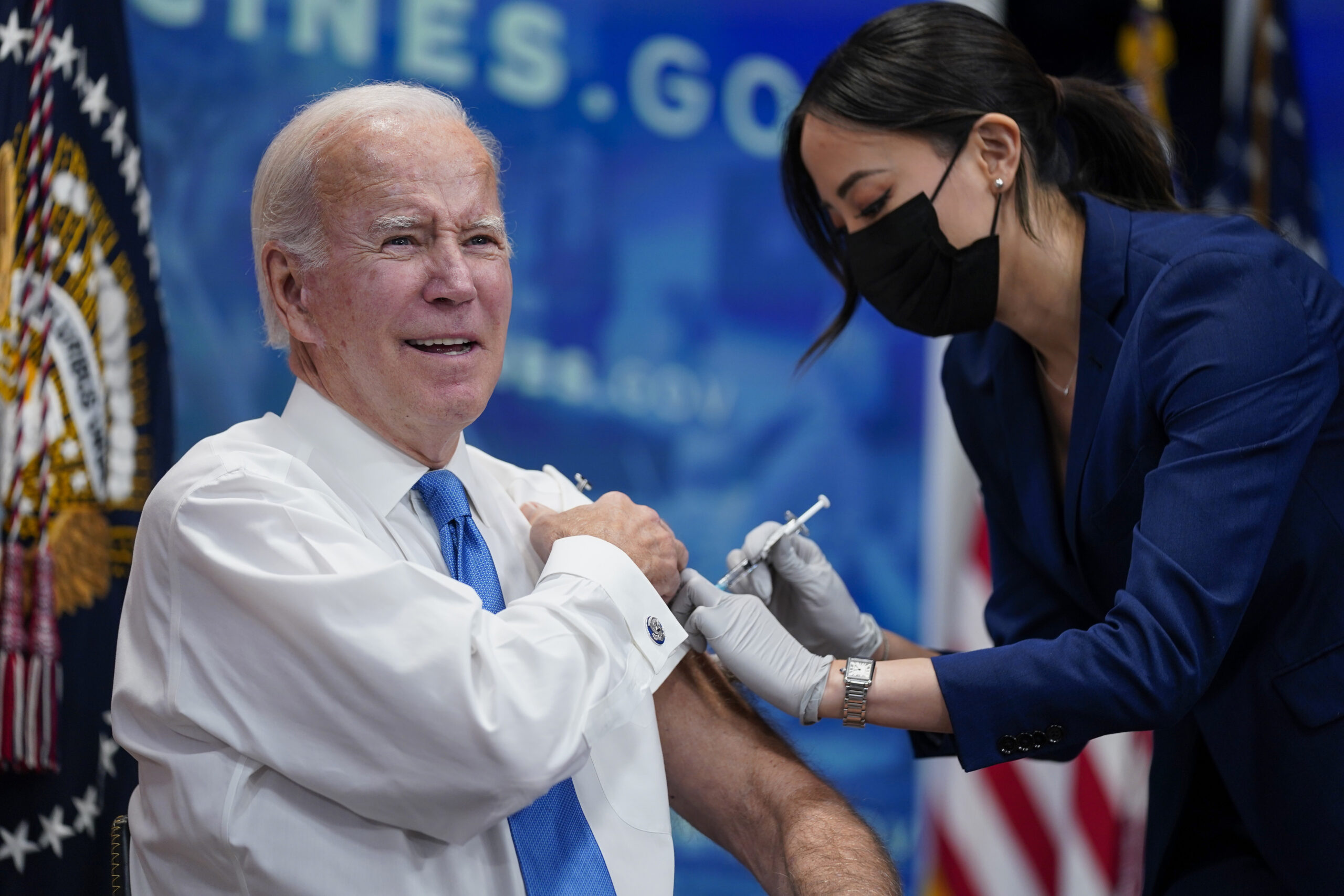In a comprehensive new study, experts have scrutinized the United States’ response to the COVID-19 pandemic, highlighting significant mishandling that may have contributed to the nation experiencing one of the highest death tolls globally.
Professors Gavin Yamey from Duke University and Ana Roux from Drexel University pinpointed a cascade of missteps beginning with the federal government’s inadequate communication strategies. Their findings, published in the British Medical Journal, assert that these early shortcomings set the stage for a disjointed and often misinformed public health response.
Critically, the study calls into attention the prolonged closure of schools across various states, judged to be excessive by the researchers in light of subsequent data indicating safe reopening conditions. Such delays in returning to in-person education, they contend, deprived children of crucial learning experiences and social interactions, as well as the opportunity to build natural immunity to a range of viruses during their formative years.
Moreover, the researchers argue that restrictive measures—like mandatory masking in outdoor settings and enforcing six-foot social distancing—were not only overly cautious but lacked foundation in scientific research, particularly concerning transmission outdoors or via surfaces. This conservative stance, primarily observed in states with Democratic leadership, also extended to prolonged closures of public parks, playgrounds, and beaches, despite growing evidence underscoring the minimal risks of outdoor COVID transmission.
As unintended consequences of these policies, the United States has witnessed a steep rise in chronic health conditions such as obesity, diabetes, high blood pressure, and cholesterol levels. This worrisome trend was documented in a Gallup poll surveying over 5,000 adults nationwide.
The professors criticize the federal structure, which resulted in an inconsistent pandemic experience for Americans, heavily reliant on state governance and local ZIP codes. The analysis suggests that this fragmented approach fueled a varied, and at times contradictory, set of guidelines and regulations.
The study urges a critical evaluation of the United States’ policy-making mechanisms during public health emergencies, emphasizing the need for timely evidence, consistent and clear communication, and policies that are calibrated to reflect the evolving scientific understanding of a health crisis.

















